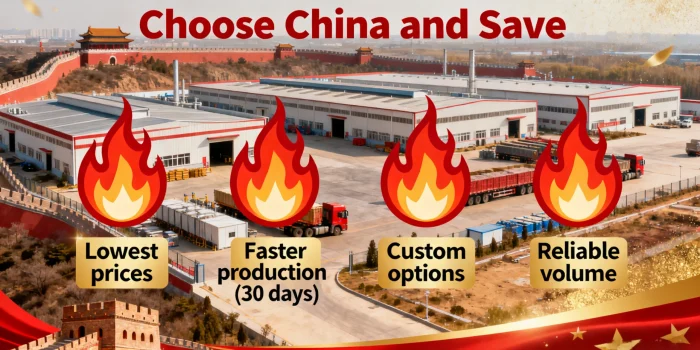Looking for whiskey bottles wholesale? Smart buyers choose China.…
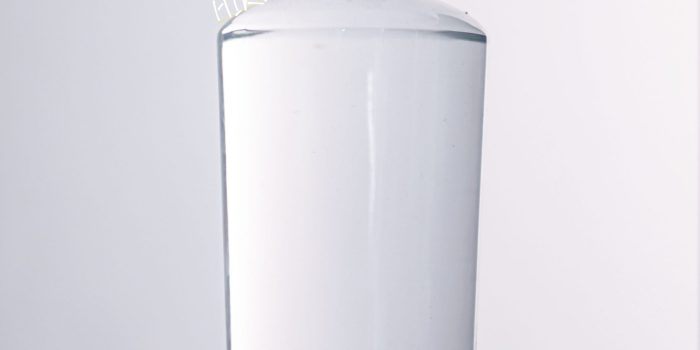
How to Select the Right Glass Bottle for Premium Gin
Selecting the right glass bottle for a premium gin is a critical decision impacting brand perception, shelf appeal, functionality, and cost. Here’s a breakdown of key factors to consider:
- Premium Aesthetics & Brand Identity:
-
-
Shape & Silhouette: Does it reflect your brand story? (e.g., Apothecary for heritage, sleek modern for contemporary, organic curves for botanical focus). Ensure it’s distinctive and recognizable.
-
Glass Quality & Clarity: Opt for crystal-clear, high-clarity glass (like flint or extra-flint) to showcase the gin’s color. Avoid green or amber unless crucial to the brand story. Premium bottles often have a brilliant sparkle.
-
Weight & Feel: Heft conveys quality. A substantial base weight (often 550g+ for 700ml) feels luxurious in the hand. Thin glass feels cheap.
-
Surface Finish:
-
Smooth Glass: Classic, elegant, highlights liquid and label.
-
Textured Glass: Adds tactile interest and premium feel (e.g., hammered, stippled, ribbed). Can help conceal minor imperfections.
-
Embossing/Engraving: Highly premium. Adds depth, texture, and a bespoke feel (brand name, logo, patterns). More expensive but very effective.
-
-
Shoulder & Neck Profile: Influences pouring and overall look (e.g., high shoulder for elegance, sloping shoulder for approachability).
-
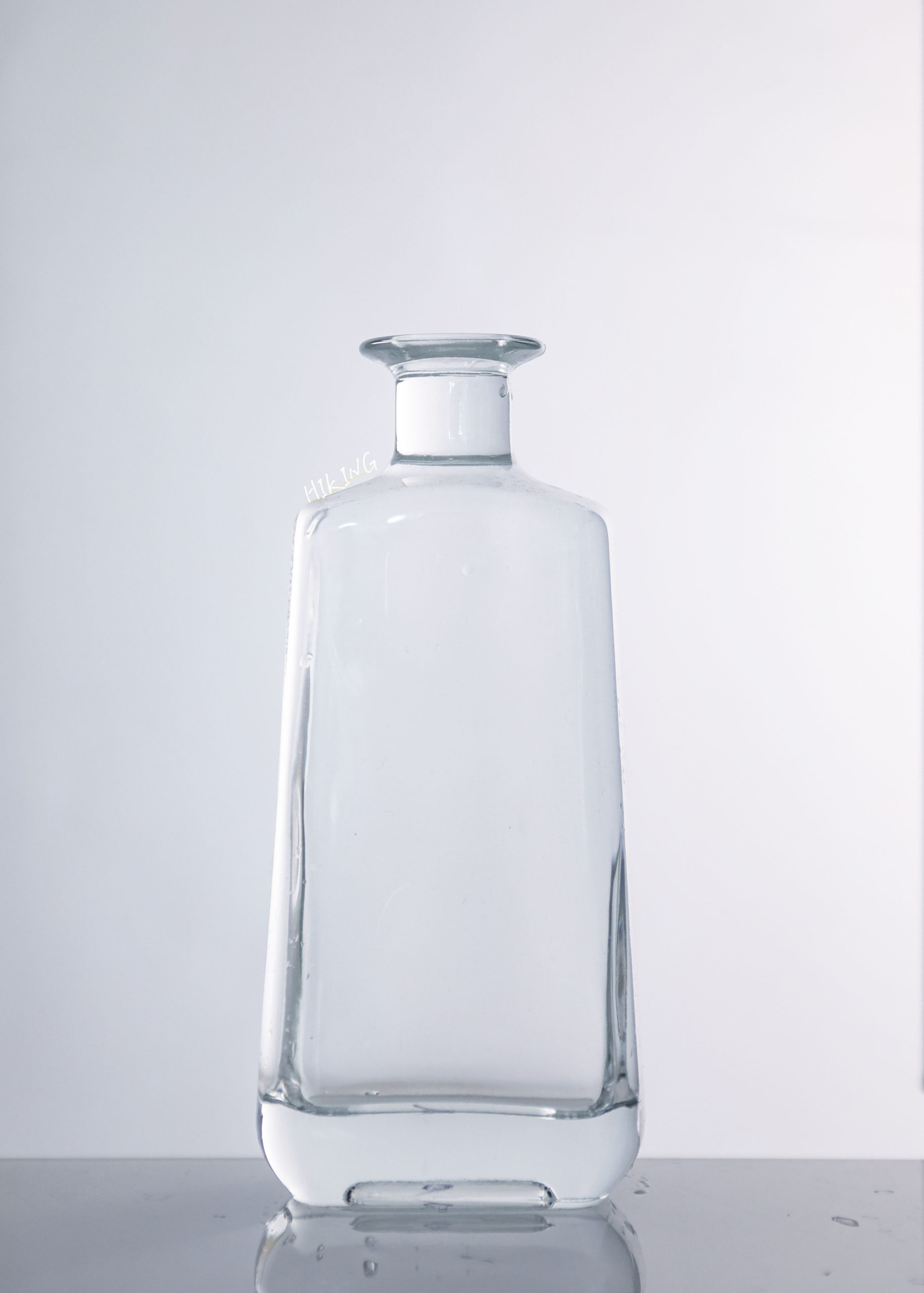
2. Functionality & Practicality
Closure Type: Must be airtight to preserve aroma and prevent oxidation.
-
-
-
Natural Cork + Wood Cap/Finial: Most premium and traditional. Requires high-quality cork and often a capsule or wax seal. Consider TCA (cork taint) risk mitigation.
-
Synthetic Cork + Cap: More consistent seal, no TCA risk, but may feel slightly less premium than wood.
-
Stopper Closure (Glass, Ceramic, Wood): Visually striking, reusable, premium feel. Needs a good seal design.
-
Screw Cap (High-Quality): Increasingly acceptable for premium if well-designed (e.g., metal with liner). Practical, consistent seal. Ensure it feels substantial.
-
-
Neck Bore (Opening Size): Impacts pouring speed and control. The standard is around 18mm. Wider bores pour faster (good for bars), and narrower feel more controlled/precise. Ensure compatibility with closure.
-
Labeling Surfaces: Is there adequate, relatively flat space for your primary and back labels? Consider how textured glass or heavy embossing affects label application and readability.
-
Stability: The base should be flat and wide enough to prevent easy tipping.
-
Production & Filling: Ensure the bottle design is compatible with your filling line (neck handling, stability on conveyor). Complex shapes can be slower/more prone to breakage.
-
Storage & Stacking: Can cases be stacked safely? Does the shape allow efficient palletization?
-
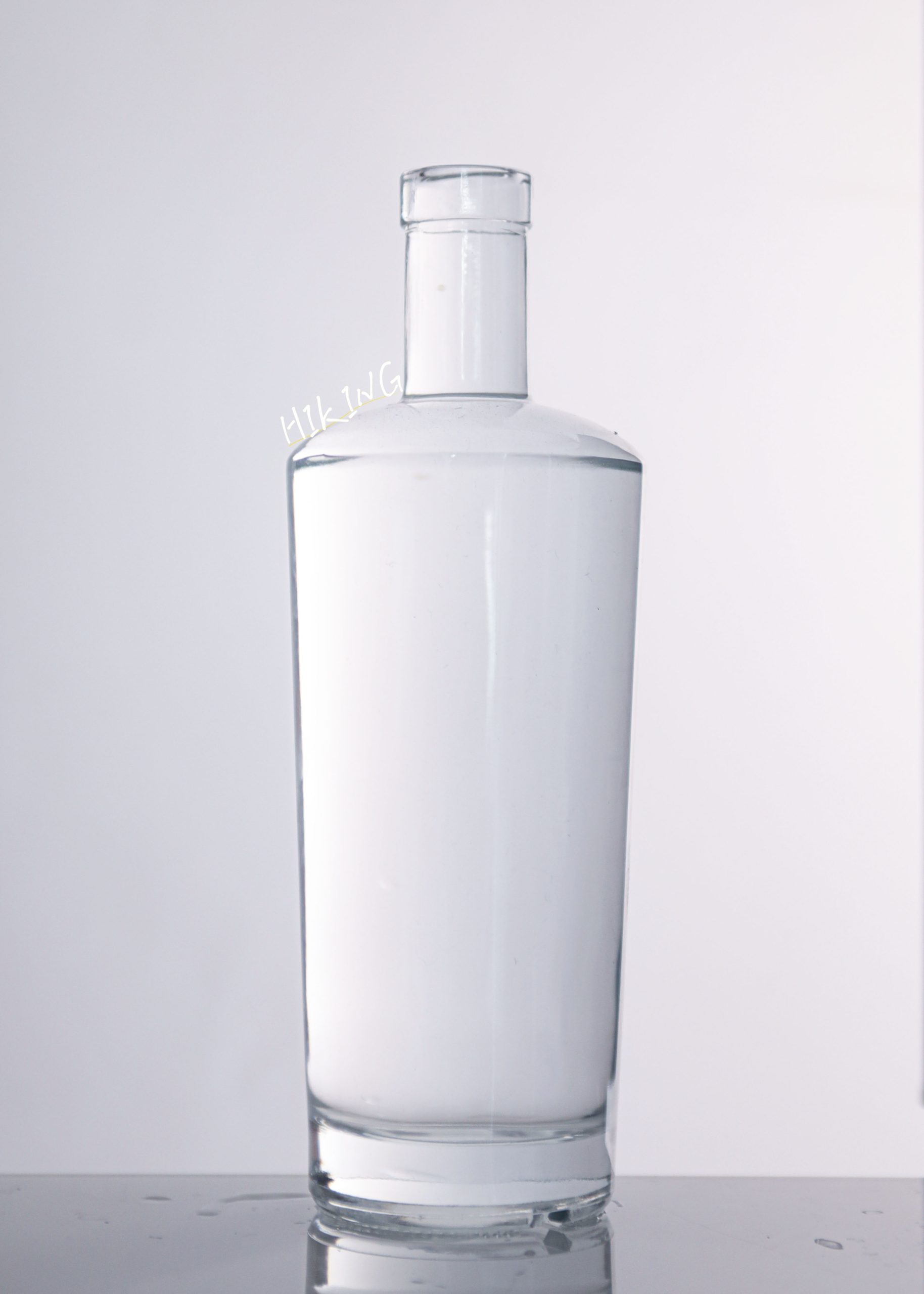
3. Cost & Logistics:
-
-
MOQs (Minimum Order Quantities): Stock bottles have lower MOQs (5k-10k). Custom molds are expensive ($1500-$2500+) and have high MOQs (often 12k+ bottles).
-
Glass Weight: Heavier bottles cost more in raw materials and shipping. Balance premium feel with sustainability and cost.
-
Complexity: Embossing, deep textures, unique shapes, colored glass, and special finishes significantly increase the cost.
-
Origin & Shipping: European glass (e.g., France, Italy, Germany) is often highest quality but has higher cost and lead times. Consider China bottle suppliers, as they also have better quality than India, etc. Such as Hiking Glass, can do super flint and high flint glass material bottle.
-
Closure Cost: Natural cork + wood cap is typically the most expensive option. High-quality screw caps can be cost-effective.
-

4. Sustainability:
-
-
Recycled Glass Content (Cullet): Many premium suppliers offer glass with high post-consumer recycled content (30-80%+). This is a strong selling point. Ask specifically.
-
Weight Reduction: Can you achieve the premium feel with optimized, lighter-weight glass? Advanced manufacturing allows this.
-
Transport Efficiency: Bottle shape impacts how many fit on a pallet/truck. More efficient = lower carbon footprint.
-
Closure Sustainability: Consider FSC-certified wood, recycled metal, or bio-based synthetic corks.
-
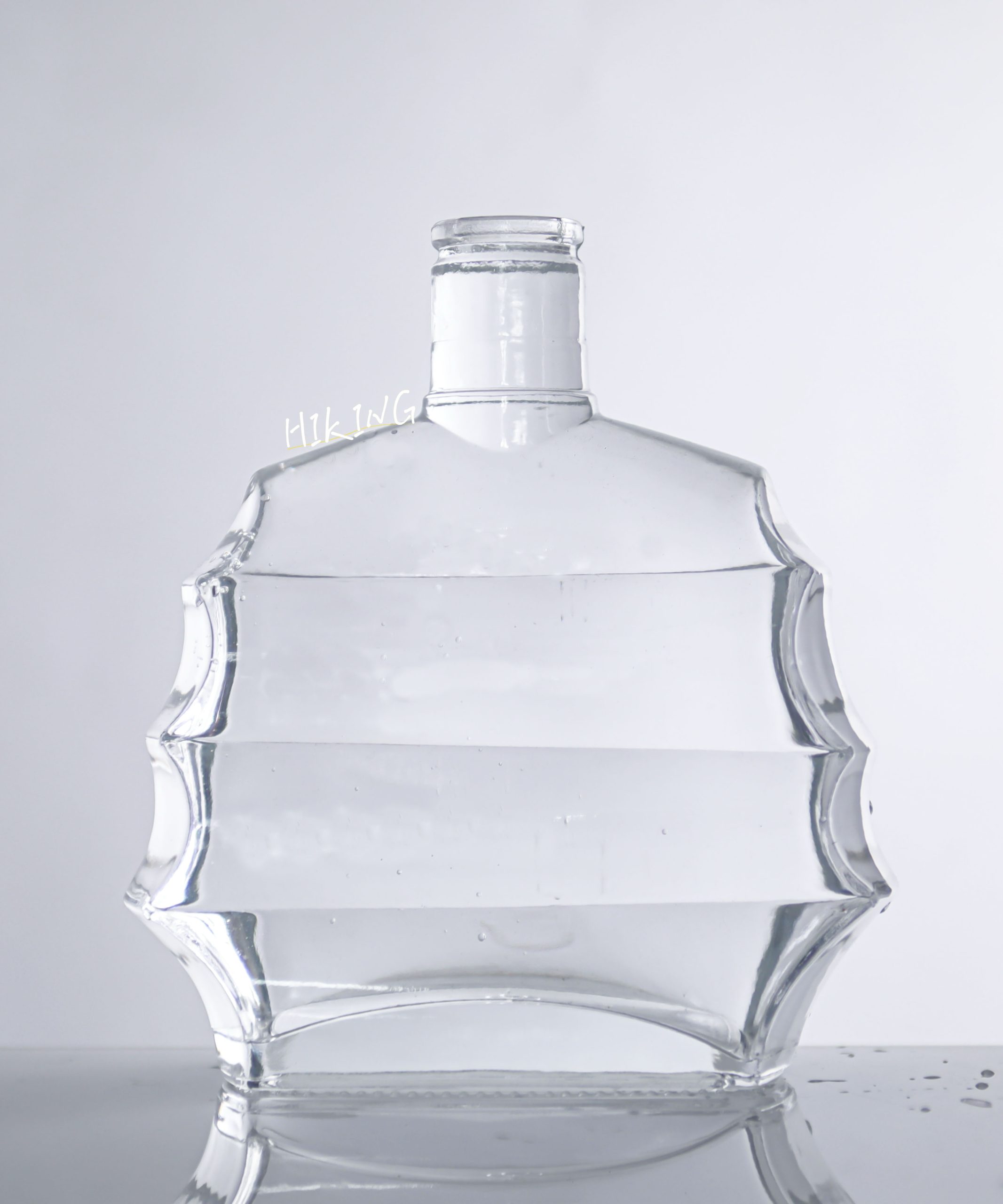
5. Supplier Selection & Process:
-
-
Research Reputable Suppliers: Look for specialists in premium spirits packaging (e.g., Saverglass, Vetrerie Etrusche, O-I, Verallia, Allied Glass, Ardagh Group). Attend trade shows (e.g., ProWein, Distil).
-
Request Samples: Get physical samples of shortlisted bottles with your actual gin inside to see color, clarity, and label mock-ups in real life. Test the pour and feel.
-
Lead Times: Custom bottles can take 6-12+ months from order to delivery. Stock bottles are faster (but less unique). Plan far ahead.
-
Quality Control: Understand the supplier’s QC processes for defects (seeds, stones, bubbles, imperfections). Premium demands high standards.
-
Cap/Closure Compatibility: Ensure the closure supplier works seamlessly with the bottle supplier or can guarantee fit.
-

Summary Checklist for Premium Gin Bottle Selection:
-
✅ Distinctive & On-Brand Shape/Silhouette
-
✅ Crystal-Clear, High-Clarity Glass (Flint/Extra-Flint)
-
✅ Substantial Weight & Luxurious Feel (550g+ for 700ml)
-
✅ Premium Closure (Natural Cork+Wood, Quality Stopper, or High-End Screw Cap)
-
✅ Excellent Airtight Seal
-
✅ Smooth Pour (Appropriate Neck Bore)
-
✅ Suitable Labeling Surfaces
-
✅ Embossing/Texturing (If aligned with brand & budget)
-
✅ High Recycled Glass Content (30%+)
-
✅ Stable Base & Production-Friendly Design
-
✅ Within Budget (Considering bottle, closure, mold costs, shipping)
-
✅ Meets Timeline (Adequate lead time accounted for)
Recommendation: Start by defining your core brand values and target audience. Then, prioritize the aesthetic and functional requirements. Get physical samples early, test them rigorously (including pouring and handling), and partner with an experienced supplier who understands the premium spirits market. Don’t underestimate the bottle’s role as “liquid marketing” – it’s a crucial touchpoint for your premium product.

